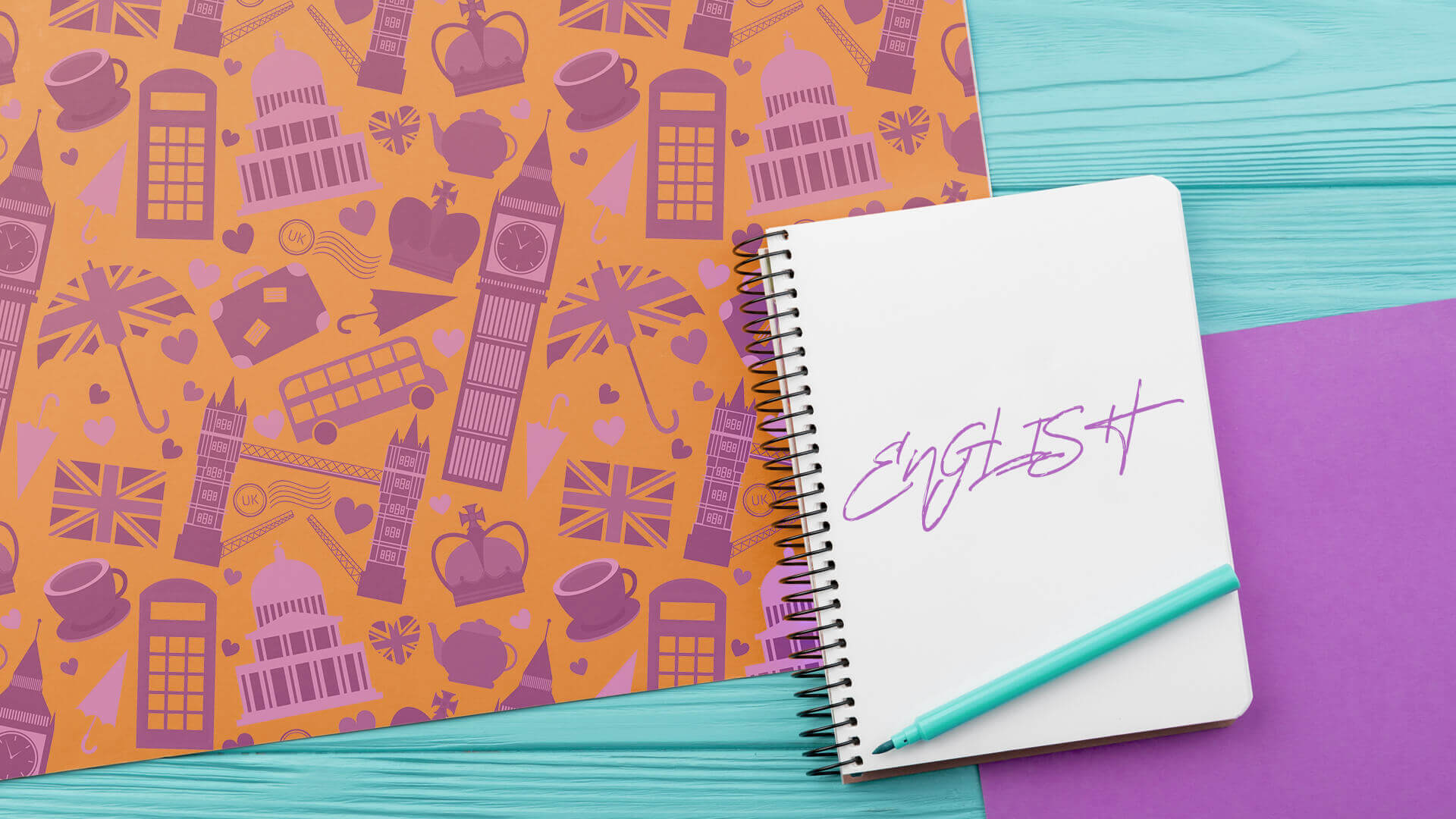English as a Second Language, Level 1,ESL Courses, (ESLAO)


-
Name:English as a Second Language, Level 1,ESL Courses, (ESLAO)
-
Grade:ESL Courses
-
Prereq:None
-
Code:ESLAO
-
Type:Open
-
Credit Value:1
-
Develop Date:2021-04-01
-
Course Price:CAD $1300
-
Status:Active
Course Description:
This course builds on students' previous education and language knowledge to introduce them to the English language and help them adjust to the diversity in their new environment. Students will use beginning English language skills in listening, speaking, reading, and writing for everyday and essential academic purposes. They will engage in short conversations using basic English language structures and simple sentence patterns; read short adapted texts, and write phrases and short sentences. The course also provides students with the knowledge and skills they need to begin to adapt to their new lives in Canada.
Aims and Objectives:
- To enable the learner to communicate effectively and appropriately in real life situation.
- To use English effectively for study purpose across the curriculum.
- To develop interest in and appreciation of Literature.
- To develop and integrate the use of the four language skills i.e. Reading, Listening, Speaking and Writing.
- To revise and reinforce structure already learnt.
- Understand the total content and underlying meaning in the context.
- Follow sequence of ideas, facts etc.
- Locate significant points and features.
- Identify and understand phrase or sentence groups.
- Draw inferences.
- Predict outcome.
- Grasp meaning of words and sentences.
- Acquire the ability to use a suitable dictionary.
- Understand labels, simple notices and written instructions.
- Consult sources of information such as time tables, catalogues and brochures, charts, graphs, advertisements, pictures etc.
- Form the habit of reading for pleasure and for information.
- Develop correct reading habits, silently, extensively and intensively.
- Comprehend material other than the prescribed text.
- Comment on the passages read.
- Understand meaning of words, phrases and sentences in context.
- Understand statements, questions, instructions, and commands.
- Follow directions given orally.
- Follow simple narratives and description.
- Grasp the substance and central idea of what is heard.
- Listen and understand radio broadcasts, T.V. Programs.
- Maintain his/her listening attention for a reasonable length of time.
- Pronounce English correctly and intelligibly.
- Use appropriate word stress, sentence stress and elementary intonation patterns.
- Speak intelligibly while making statements, asking question, giving instructions and commands, reporting events.
- Put ideas in proper sequence.
- Narrate simple experiences and series of events to convey its essence and intention.
- Describe accurately what he/she observes and experiences.
- Converse in familiar social situations.
- Use polite expressions in appropriate ways e.g. Excuse me, I beg your pardon etc.
- Master the Mechanics of writing; the use of correct punctuation marks and capital letters.
- Spell words correctly.
- Write neatly and legibly with reasonable speed.
- Use appropriate vocabulary.
- Use correct grammatical items.
- Write coherently in more than one paragraph.
- Complete accurately and fluently semi controlled compositions like stories, events and processes etc.
- Write description of people, places and things and respond imaginatively to textual questions.
- Write paragraphs, letters. (Personal and official) simple, narrative pieces, reports, notices, messages, diary entries etc.
- Making notes and summarization.
- Edit written material and expand notes.
- Imbibe ethical, moral, national and cultural values through various forms of literature.
- Enabled to write an original, dialogue, story one-act play, poems etc.
Expectations:
- Listening and speaking
Throughout this course, students will:
- Analyze the aspect of listening and speaking.
- Analyze different kinds of listening and speaking.
- Demonstrate the difference between hearing and listening.
- Reading and literature studies
By the end of this course, students will:
- Analyze the aspect of reading and its types.
- Express the difference between intensive and extensive reading.
- Describe a detailed process of reading.
- Writing
By the end of this course, students will:
- Identify a well-constructed concept of writing along with its types.
- Demonstrate the process of writing employing different writing techniques.
- Demonstrate the ways to develop and improve writing skills.
- Media studies
Throughout this course, students will:
- Analyzing the general information related to Canada e.g. its flag, geography, location, national bird, national animal, etc.
- Demonstrating the rights and responsibilities of citizens in Canadian citizenship.
- Analyzing media literacy in language learning and teaching.
Unit-wise Progression:
|
Unit |
Title and Subtopics
|
|
Unit 1 |
Listening and Speaking
- Hours: 27 |
|
Unit 2 |
Reading
- Hours :27 |
|
Unit 3 |
Writing
- Hours: 21 |
|
Unit 4 |
A trip to Canada and media literacy
- Hours: 22 |
|
Culminating Activity – 10 Hours |
|
|
Final Term – 3 Hours |
|
|
Total – Hours 110 |
|
Teaching/Learning Methodologies:
The English curriculum is based on the premise that all students can be successful language learners. Since the overriding aim of this course is to help students use language skillfully, confidently and flexibly, a wide variety of instructional strategies are used to provide learning opportunities to accommodate a variety of learning styles, interests and ability levels. High-quality instruction will include the following:
- Instruction that is guided by the formative assessment takes into consideration students’ strengths and addresses their learning needs.
- Instructions that clarify the purpose for learning and helps students activate prior knowledge.
- Instruction that is differentiated to meet individual needs.
- Instruction that models learning strategies and encourages students to talk and reflect on their thinking and learning processes.
- Instruction that introduces a rich variety of activities that integrate expectations and provides explicit teaching of knowledge and skills.
- Instruction that provides opportunities for guided and independent practice.
- Instruction that encourages higher-level thinking skills (analysis, synthesis, evaluation).
- Instruction that encourages students to think about fairness, equity, social justice, and citizenship in a global society.
- Reading various works
- Vocabulary Building
- Directed Reading Activities
- Multimedia Production
- Direct Instruction
- Research Process
- Independent Study
- Writing Processes
- Portfolio
- Conferencing
- Guided Internet Research
- Expressing Another Point of View
- Guided Writing
- Independent Reading
- Reading Responses
- Media Analysis
- Response Journal
- Creative Writing
- Comparative Essay Writing
E-Learning Approach:
E-learning is not only a training method but it is a learning method that is tailored to individuals. It is found that different terminologies have been used to define learning that takes place online which actually makes difficult to develop a generic definition.
E-learning includes the delivery of content via Internet, Intranet, and Extranet, satellite broadcast, audio-video tape, interactive TV and CD-ROM. The term implies that the learner is at a distance from the tutor or instructor, that the learner uses some form of technology.
With attention to this new system of education that is spreading across the globe it’s imperative that the content of such study programs are enhanced and modified to serve both the learner and the instructor well whilst dealing with the gap of conventional studying methodologies. Thus the courses promise its reader an experience full of engagement, student-concentric approach, personalization and Interaction. Using a wide array of multimedia tools, cloud based LMS and diverse repository of subject tailored audio-visual material that student can utilize and learn in a stimulated work environment where he’s in charge of his work hours.
Our e-learners paddle through these courses in the mediation of skilled mentors to the finish line with understanding of their subject’s application into real world problems following a futuristic model of education.
Strategies for Assessment and Evaluation of Student Performance:
Assessment is the ongoing gathering of information related to the individual student’s progress in achieving the curriculum expectations of the course. To guide the student to his/her optimum level of achievement, the teacher provides consistent and detailed feedback and guidance leading to improvement. Strategies may include:
- Diagnostic assessment
- Formative assessment
- Summative assessment
- Performance assessment
- Portfolio assessment
- Rubrics
- Checklists
The final grade will be based on:
|
Weightage in Percentage
|
Categorical Marking Breakdown |
|
50% |
Course Work |
|
20% |
Culminating Activity |
|
30% |
Final Exam |
|
Assessment of Learning
|
||
|
Student Product |
Observation |
Conversation |
|
Learning Logs (anecdotal) Assignment Pre-tests (scale/rubric) Quizzes (scale/rubric) Rough drafts (rubric) Graphic organizers (scale) Peer feedback (anecdotal/checklist) Reports (rubric) Essays (rubric) Webbing/Mapping (rubric/scale) Vocabulary notebooks (anecdotal) Visual Thinking Networks (rubric) Tests (scale/rubric) Exams
|
Self-proofreading (checklist) Class discussions (anecdotal) Debate (rubric) PowerPoint presentations (rubric) Performance tasks (anecdotal/scale)
|
Student teacher conferences (checklist) Debate (rubric) Peer-feedback (anecdotal) Peer-editing (anecdotal) Oral pre-tests (scale/rubric) Oral quizzes (scale/rubric) Oral tests (scale/rubric) Question and Answer Session (checklist)
|
Resources Required by the Student:
- Microsoft Suite (Word, Excel, Power-point etc.)
- A laptop, or Mac, or Android, or any other operating system functional enough to use the web browser and use online software’s.
- Curriculum Reference: The Ontario Curriculum, English







